One fatal SEO (Search engine optimization) mistake we make is building backlinks and moving forward without looking back to clean up.
Not all the links pointing to your blog will add to your search ranking. Some are toxic and that’s what we want to deal with in this post.
But what is a toxic or dangerous backlinks ?
At the moment of writing, there is no universal definition of a toxic backlink. However, this generally refers to links from private blog networks, websites that violate Google’s guidelines, or sites with major security flaws.
Toxic inbound links are the unnatural links that can negatively impact the SERP rankings of your website.
Table of Contents - What is covered in this post
How did these toxic backlinks get to my blog/website?
No domain name was ever registered toxic. Generally, healthy websites become unhealthy and toxic (with time) due to black-hat SEO practice and/or negative SEO.
Negative SEO happens when your competitor or spammer uses black hat and unethical SEO techniques to sabotage your search engine ranking. If this is not timely checked, the domain under attack may become toxic.
In some other cases, the domain owner may get involved in some activities against Google guidelines like buying and selling links, poorly executing guest posting, aggressive article marketing, comment spamming, forum spamming, low-quality Press Releases, etc.
These and many more old school link building and SEO practices could transit domain status from healthy to toxic without your consent.
The necessity for a constant backlink auditing exercise.
If you are actively creating content and building backlinks to boost your search ranking, there is need for a repeated link auditing.
We’ve seen that healthy domains may somehow become toxic so having them (toxic domain) staring at your blog may not be a result of link building negligence. But auditing negligence may be more dangerous than black-hat strategies.
Backlink auditing is a quick and easy exercise. With the right tools, this key SEO maintenance activity could help save your business from collapsing due to de-indexing and sudden drop of natural traffic.
Toxic links like Ebola.
Have you heard of the dangerous and very contentious killer disease called Ebola?
Once someone is diagnosed positive, he is quickly quarantined. He becomes actively dangerous and unfit to mingle with healthy people.
That’s not all:
Everyone else that has had contact with the patient will be immediately cut off society as well. Both the patient and those he has had direct contact with are considered toxic.
In SEO, the domain that creates the toxic link is like the Ebola patient. That’s why you need to disconnect your site from it as soon as possible. Without this, yours will be contaminated and penalized as well following Google Penguin update.
That will be a big hit to your SEO campaigns and your online business in general. Imagine you completely losing your credibility, profit , connections, etc, because of backlink auditing negligence.
How do I audit my backlink profile with SEMrush ?
You need the right tool. This time, I’m going to go with SEMrush which is one of the best SEO, SM and PPC tools we have today.
There are lots of free seo tools out there but SEMrush is a suite of over 20 online marketing tools you need to stand the competition and grow your business and the SEMrush disavow tool is quite flexible
Next, go to the backlink auditing tool here and enter your domain name. Click the Start Backlink Audit button
NB: Be sure to follow instructions and link your Google Search Console. You are going to see how this is useful later on.
Here is overview of the report for the domain enstinemuki.com :
No Panic!
6 toxic domains and 64 potentially toxic domains. 94% non-toxic.
Let’s go to the audit tab and deal with the toxic links:
Click the Advanced Filters button. Select Toxic in the Audit Types select field.
This is going to give you a list of toxic links. You may want to manually go through the list to be sure they are links you don’t want.
But looking at this toxic score, I’m going to kick them out.
SEMrush makes it quite easy. You don’t need to hire an SEO consultant to handle this. Here are two options:
- Send backlink removal requests to domain owners. SEMrush will automatically provide you with the domain owner’s contact info and make it practically simple to communicate. That’s awsome
- Request that Google ignore your toxic backlinks with the Google Disavow Tool. Again, SEMrush will automate the process of creating the disavow text file. Magic.
Which of the two options would you like us go with?
Personally, I want Google to ignore those links. So I’d like to go with option 2.
Disavowing the toxic links
First, I will select the 6 toxic links from the list and move them to the Disavow tab:
Toxic links definitely harm your ranking. Google Disavow tool allows you to ask Google not to take them into account when assessing your site.
However, Google recommends to still make every effort to clean up unnatural links pointing to your site. Simply disavowing them may not be enough.
SEMrush, after generated the list of toxic domains will download your disavow file from Google and update automatically. That’s why you should link your Google Search Console (formerly Google Webmaster Tools) account.
NB: Google Disavow does not accept more than 1 file per property. So SEMrush will download the existing file from your GSC and add new entries so you can re-upload.
If this is your first experience with Google Disavow for the domain or property in question, it means you’ll have to create the file first. But this is very easy.
Go to Disavow -> Export. (within your SEMrush link auditing tool)
The new file will be generated and downloaded.
Next, go to Google Disavow Tool and upload:
Disavowing potentially toxic domains
We’ve just create the disavow file, added 6 toxic domains and uploaded to GSC. We want to add more toxic domains to the file.
Without a tool, you should go to GSC, download the text file and manually add the domains. This is a pain right?
Let’s handle that with SEMrush while sipping some coffee.
But first, here is the first file we created:
Take note of the entries.
For the sake of this demo, we are going to add more from the list of 64 potentially toxic domains we found above. To do this, we have to go back to the Audit Tab, select the potentially toxic domains and send to Disavow.
Then click the green Export button. This will get the new toxic domains, open the Google disavow file and add the domains on top of the existing list.
Here is what the new list looks like:
That’s not all.
We have to go back to Google Search Console and upload the updated file. Then tell SEMrush we have uploaded the file to GSC:
Importing disavow file from property
If for some reasons, you updated the disavow file out of SEMrush, you will need to download the file and update your SEMrush account.
To do this, we are going to the Disavow tab, then click Import Disavow Links on the list of dangerous domains.
Select the property and click Import
Looking at the new backlink status after disavowing?
Ok now we’ve disavowed all the toxic and some of the potentially toxic links.
Here is what my domain status looks like:
Dealing with the webmaster of toxic domains
We just quietly asked Google to ignore those dangerous links. But another option is to ask the webmasters behind those bad sites to take down the links.
I don’t know how successful this strategy can go. If it is negative SEO, don’t even waste your time because their aim is to destroy your SEO.
However, let’s see how SEMrush helps us in this option.
First, we are going back to the Audit tab where we have a list of toxic and potentially toxic domains:
Select the domains from the list, then click the Delete button and then To Remove. This will shift the domain to the Remove tab
Click the Remove tab to contact the domain owners:
SEMrush is going to get the available contact elements of the domain owner including the contact page and social media profiles.
The Send envelop button actually takes you to a mail composer within your SEMrush account. This allows you to create and send a custom message to the domain owner.
In order to use this, you’ll need to have the email address of the webmaster:
That’s it.
We’ve seen how to find and remove toxic links and keep our link profiles clean. So let’s see how to create backlinks from healthy domains.
How to create more backlinks from healthy domains
There are different ways to create these backlinks. One of these that’s highly used is guest posting.
You may want to use it as a grey-hat, link buying method.
Of course many are doing this. They bribe their friends to slide a link in their guest submissions on other blogs.
For instance, if you have a friend who publishes on moz.com, you may negotiate and have him/her grab a link for you from one of her guest post in exchange for something. That’s grey-hat.
How about SEMrush giving you a long list of highly targeted domains for you to build links from? Sounds sweet right?
I love this!
First, we are going to use SEMrush’s Link Building Tool. This will get for us domains that are relevant to our content:
Enter the domain you want to build links to. On the next page, you’ll need to tell the tool the keywords that summarize your niche. Finally, enter the list of your competitors.
This is absolutely necessary to allow the tool scan and bring a list of well targeted websites for your link building exercise.
There are three pointers on the returned list I would like to lay emphasis on. This makes sure you don’t waste your time building backlinks from bad domains. They are:
- Domain score
- Trust score
- Link Rating
It doesn’t end there.
We have other elements pointing to the quality of the domain you want to build a link on classed under:
- Domain quality
- Domain Relevance
- Domain Health
Now, once you’ve gone through the report and chosen the domain to try to get a link from, there are several other link building activities:
- Guest posting
- Manual link (forum comment, post, blog comment, etc)
- Directory/Catelogue
- Link placement on existing relevant article
- Product review
- Transform mention to hyper-link
- Etc.
SEMrush allows you to contact the domain owners from within your account. This allows you to effectively follow up and manage your link building campaigns.
Outsourcing link building to an SEO company. Warning!
One of the things often done to boost search engine rankings is outsourcing SEO campaigns to SEO experts or SEO companies.
There is nothing wrong with this. As a matter of fact, SEO services are in high demand today. However, many uncensored SEO firms are responsible for a large portion of toxic backlinks.
Some of my clients (those I audit their domains) have confessed working with randomly picked SEO companies.
They end of with reports like this:
Many of these companies promise quality backlinks but for the most part, their backlinking is simply submitting spun text to low quality domains, most of them registered for this purpose.
Some other SEO link building companies heavily involve in guest posting to build links for their clients. This is a better approach but care most still be taken to control the quality of domains you link from.
In 2014, Google’s Matt Cutts made the famous statement about the dead of guest posting. That caused some panic but the wind soon ended when industry experts digested and understood Matt’s point.
Randomly guest-posting for low quality backlinks is dead. This activity attracts Google penalty. Therefore, you must do your due diligence to be sure of the quality of SEO firm you outsource your seo campaign to.
Make sure you order a package with good specifications:
- High domain authority (30+)
- Good Trustflow
- Low Citation Flow
- Etc
Thanks for reading. Take steps to clean your domain. Contact me for assistance if there is need.
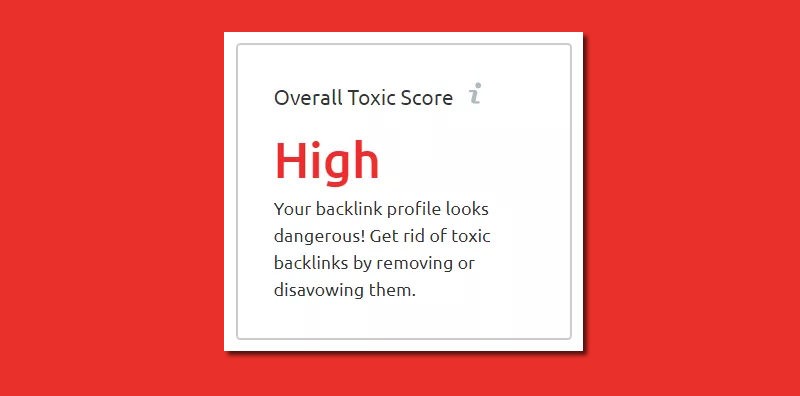

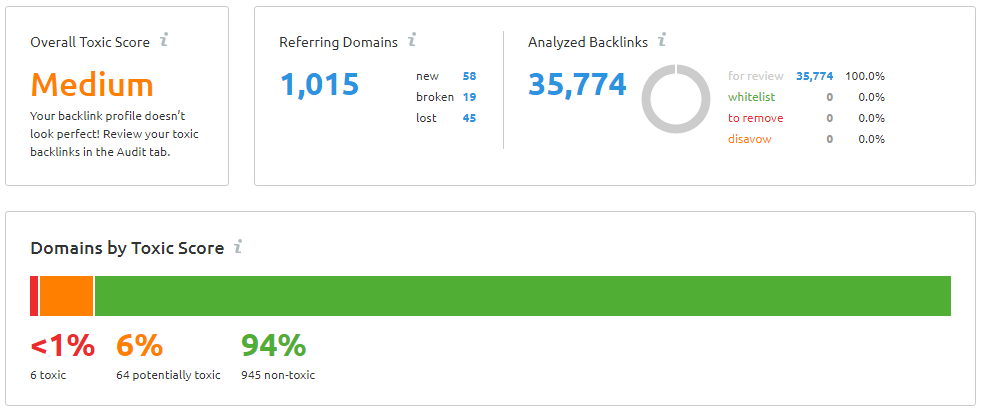
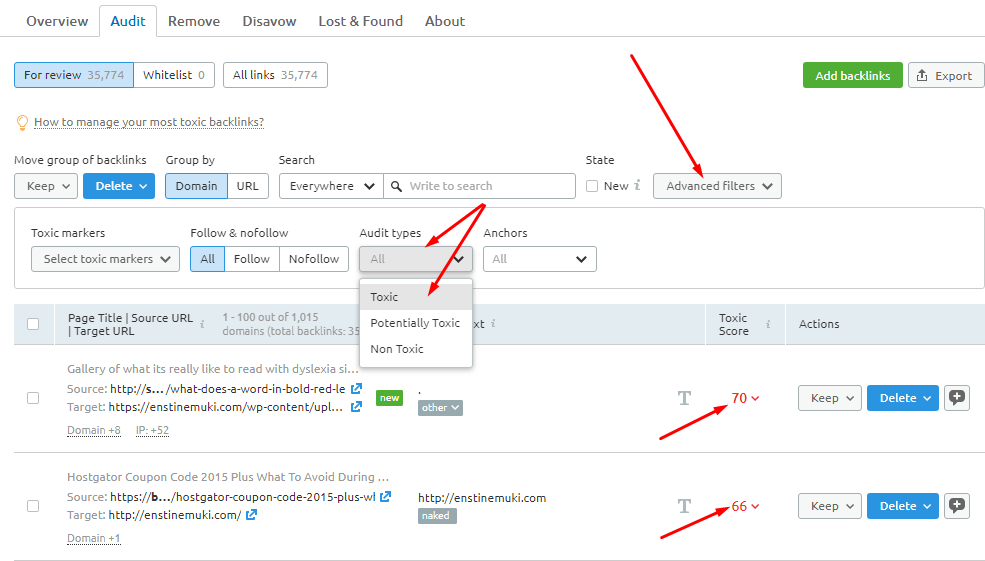

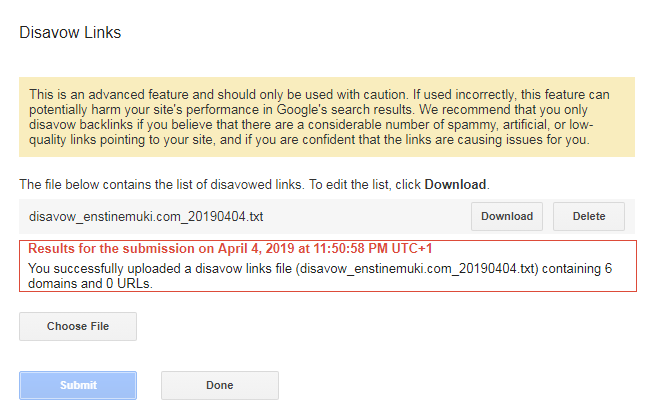
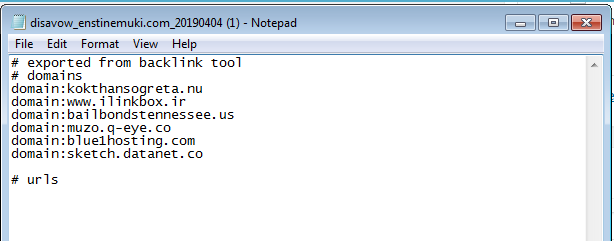
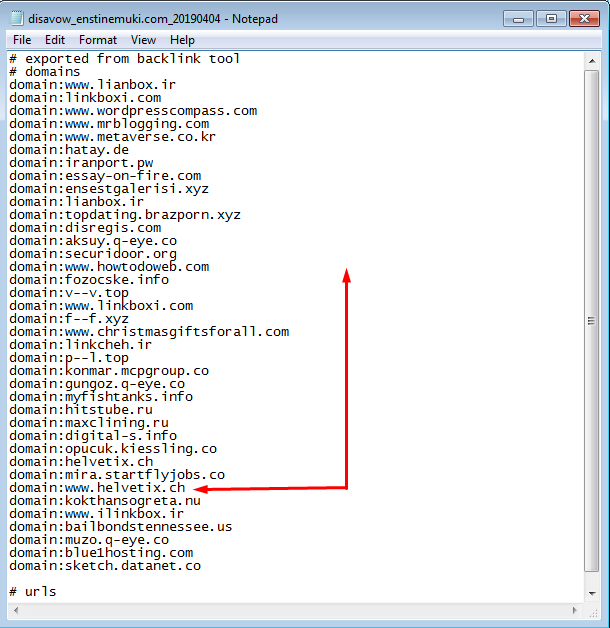

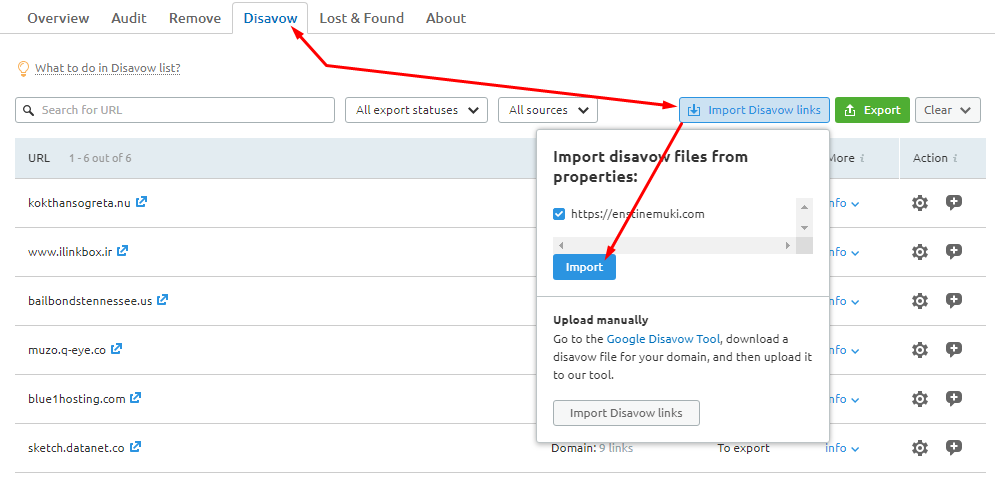
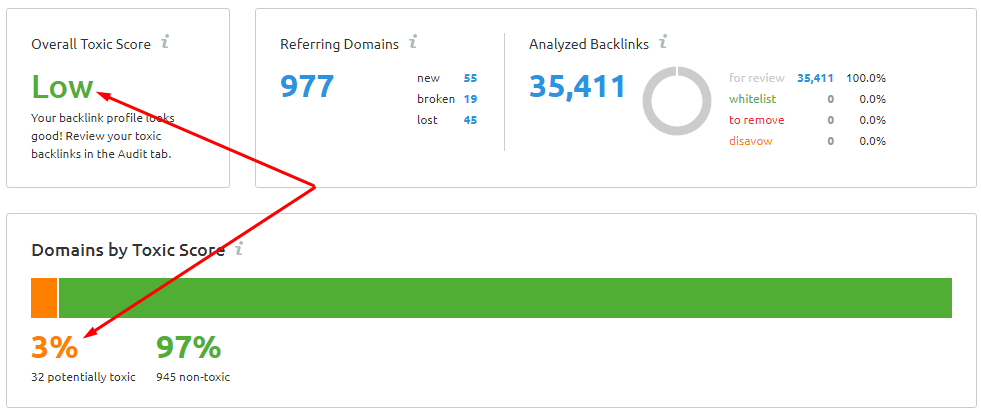
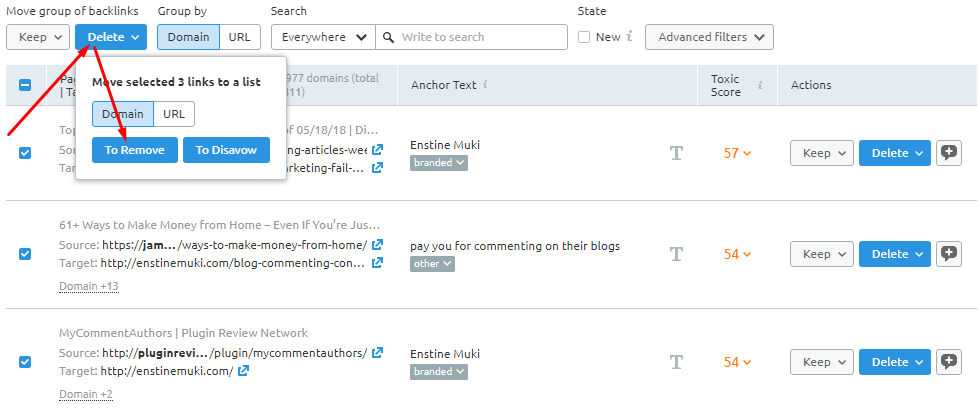
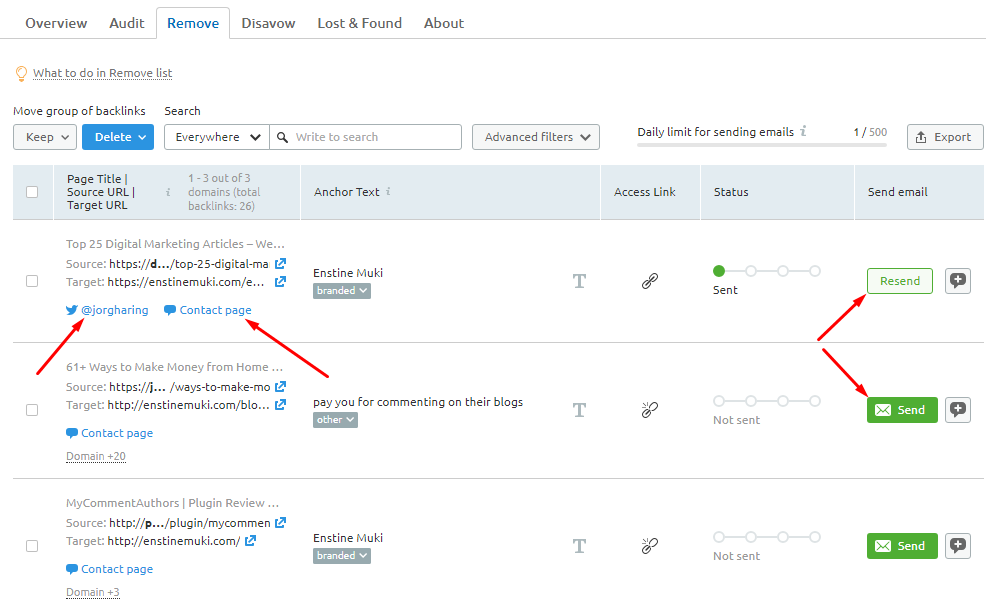

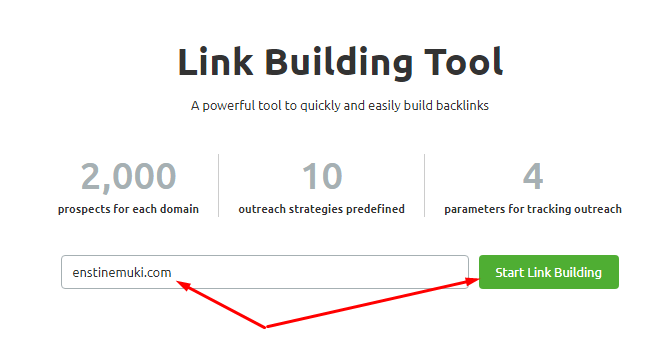
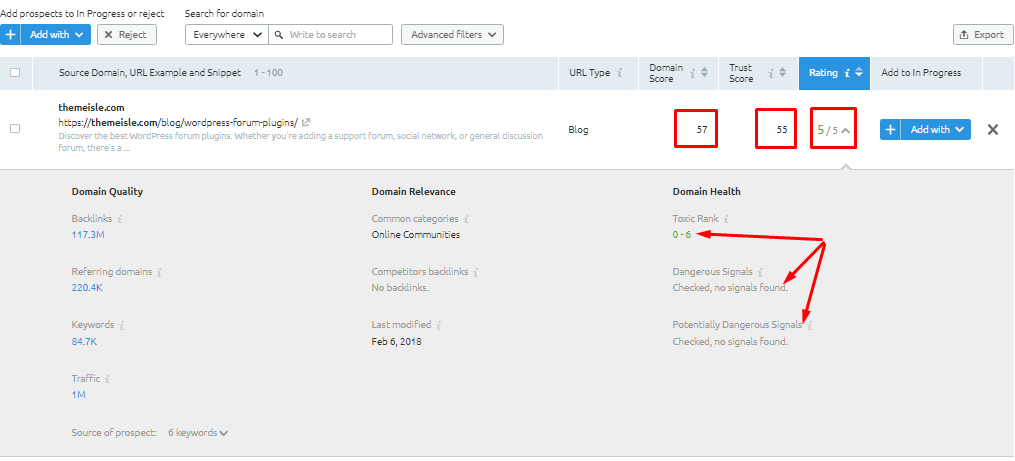

Comments are closed.